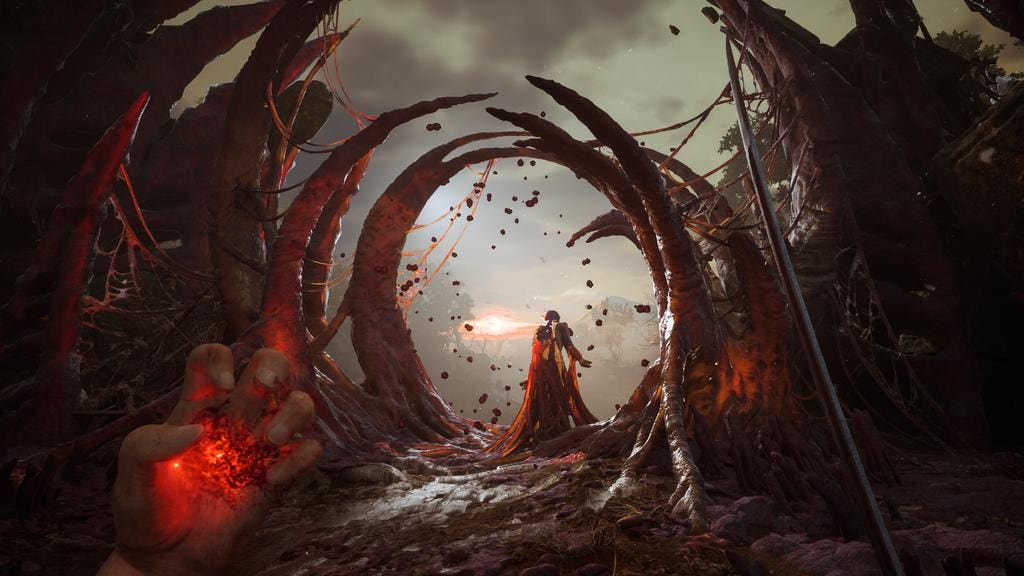Topline
Five worlds — Venus, Jupiter, Saturn, Uranus and Neptune — will arc across the pre-dawn sky all week in a spectacular “planet parade” that is now in its final phase. This week, a crescent moon will join, shining close to Jupiter before featuring in a rare close conjunction with Venus and bright star Regulus. With Saturn’s opposition on Sept. 21, it’s a huge week for planet-spotting.
This planet parade — the last until October 2028 — is best seen above an unobstructed eastern horizon about an hour to 45 minutes before sunrise.
getty
Key Facts
This planet parade — the last until October 2028 — is best seen above an unobstructed eastern horizon about an hour to 45 minutes before sunrise. Of the three visible planets visible to the naked eye, Venus will shine low in the east, Jupiter in the east-southeast and Saturn in the west-southwest.
On Monday, Sept. 15, through Wednesday, Sept. 17, a waning crescent moon will move past Jupiter and the “twin” stars of Gemini, Castor and Pollux. It’s a great time to look for delicate “Earthshine” on the moon’s dark side — sunlight reflected by Earth’s icecaps and clouds back onto the lunar surface.
The showpiece of the “planet parade” this week comes on Friday, Sept. 19, when a slender 6%-lit waning crescent moon, Venus and Regulus — the brightest star in the constellation Leo — align in just a degree of the sky before dawn. In binoculars, all three will be visible in the same field of view. Shining together in a patch of sky small enough to be covered by your extended thumb, it’s the closest comparable grouping until 2041, according to When The Curves Line Up,
Uranus is close to the Pleiades, a star cluster high in the south, while Neptune sits above Saturn. Both require large binoculars or a telescope to see.
The showpiece of the “planet parade” this week comes on Friday, Sept. 19, when a slender 6%-lit waning crescent moon, Venus and Regulus — the brightest star in the constellation Leo — align in just a degree of the sky before dawn.
Stellarium
Saturn At Its Biggest, Brightest And Best
Saturn reaches its annual opposition on Sunday, Sept. 21. It will rise at sunset, reach its highest around midnight and set at sunrise. It’s the best time this year to view the ringed planet, whose disk is at its largest. Through a telescope, its rings are visible, though in 2025 they’re seen almost edge-on from our point of view.
The “planet parade” before sunrise on Wednesday, Sept. 17, 2025.
Stellarium
Venus Begins To Fade
September sees Venus rise closer to sunrise. After most of 2025, first as a bright Evening Star and then a Morning Star, Venus is now about half as bright as it was in April, when it reached its brightest. It will eventually disappear into the sun’s glare in December, moving behind the sun from Earth’s point of view on Jan. 6, 2026.








